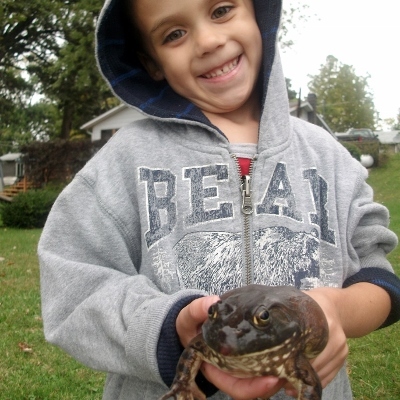 Think about a person you know that has a negative attitude about life. No matter what the situation, he or she will find something to complain about. For instance, if it’s a beautiful, sunny day, she might say the bright rays give her a headache. Or it could be her birthday and three friends surprise her with a delightful lunch, yet all she can talk about is the soggy tuna salad. You know the type. They seem to relish raining on everyone’s parade.
Think about a person you know that has a negative attitude about life. No matter what the situation, he or she will find something to complain about. For instance, if it’s a beautiful, sunny day, she might say the bright rays give her a headache. Or it could be her birthday and three friends surprise her with a delightful lunch, yet all she can talk about is the soggy tuna salad. You know the type. They seem to relish raining on everyone’s parade.
As with all learned behaviors, a positive or negative outlook on life usually forms in a person’s early years. As a parent, you can influence how your child begins to see the world, and you can help foster a positive outlook. Doing so will help to guarantee your child will find joy in life instead of sadness and anger.
Why be Positive?
Studies have proven that those who have positive attitudes actually remain healthier longer. This makes sense, as a person who sees life as generally good will be more resilient. When thrown curve balls, such as illness or injury, they tackle the problem head on with the idea that the future will again be good. In addition, the American Heart Association even asserts that a positive attitude will promote heart health.
Children who exhibit positive attitudes experience benefits as well. They can make (and keep) friends easier than “negative nellies.” They also tend to be more curious about life overall, thus leading to a love of learning and success at school.
Teaching a Child to be Positive
Modeling a positive attitude will be the single most effective way to teach your child to be positive as well. For instance, when things don’t go your way, instead of making a big deal about it, smile and say something like, “Next time we’ll win!” It also helps to have a happy home, complete with jokes, a love for funny movies, and plenty of hugs and words of praise.
Teaching a child that those who exhibit a positive attitude have made a conscious choice. As Livestrong.com suggests, “Remind your children that being positive or negative about an event that has occurred in their lives is their choice. Teach your children this by using an example, such as “‘Staying angry at someone is like drinking poison and expecting the other person to suffer.'”
Other ways to promote a positive attitude include:
*Stopping negative self-talk.
*Helping a child build his or her confidence through skill acquisition.
*Sharing something positive that happened to each family member (maybe while eating dinner).
*Listening to a child and empathizing with his or her feelings, and then helping him or her develop ways to cope with negative happenings.
Good Morning, Sunshine!
Children yearn for love, understanding, and respect. A good parent who gives that to his or her child will be helping to create a positive human being, one that will welcome each and every day with “Good morning, sunshine,” instead of “Ughh…another day.”










